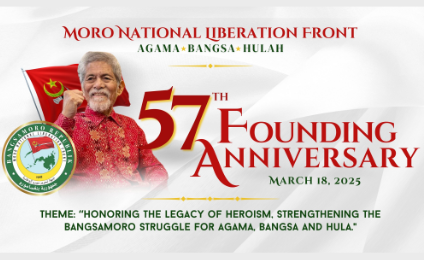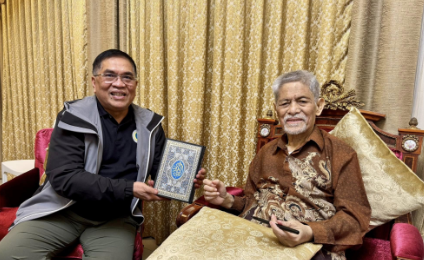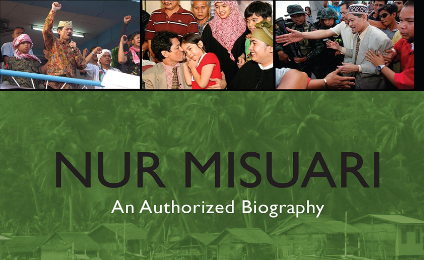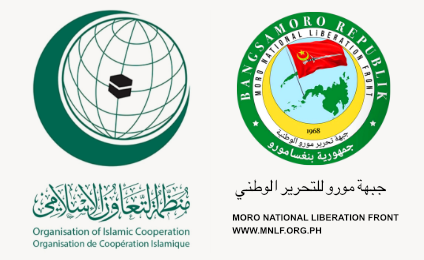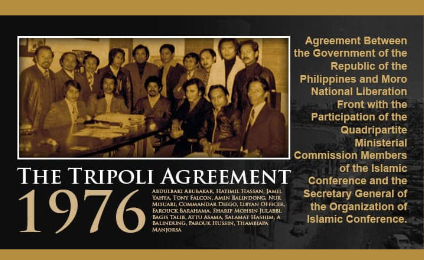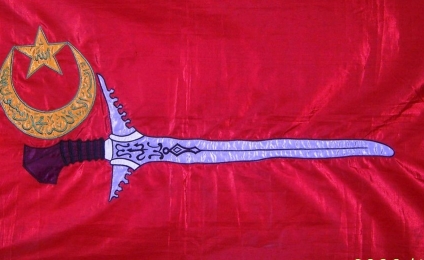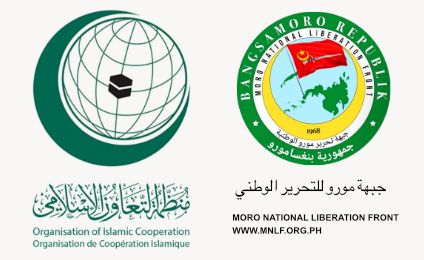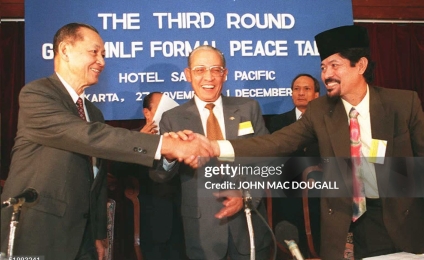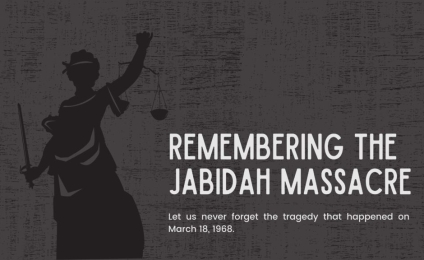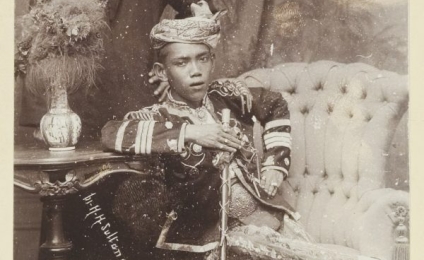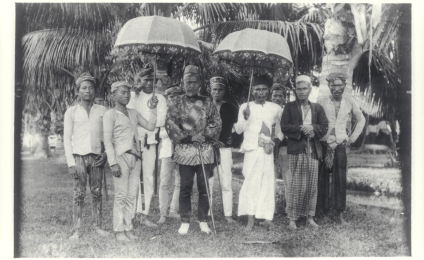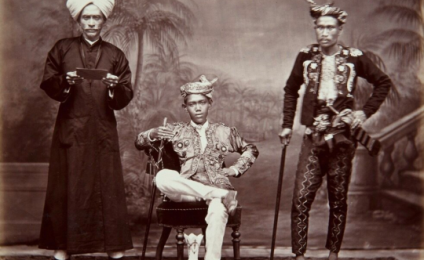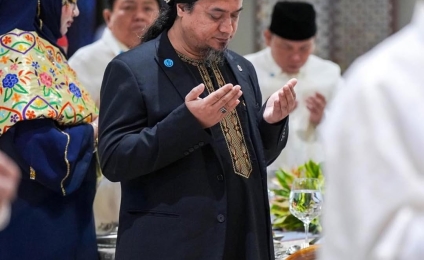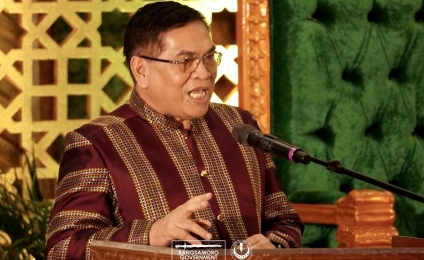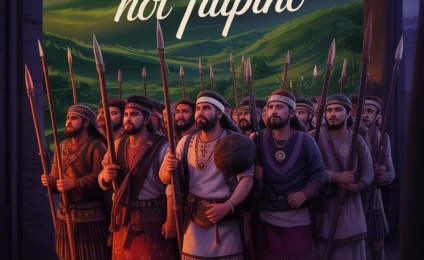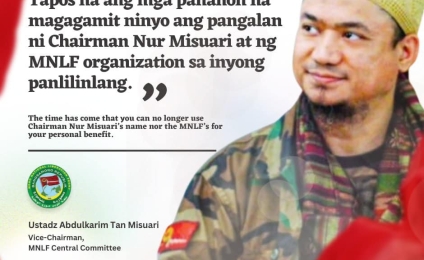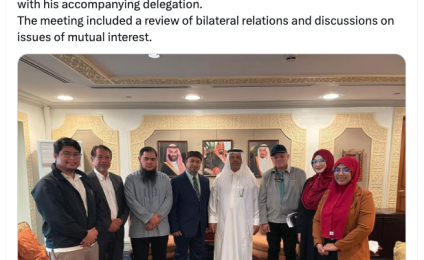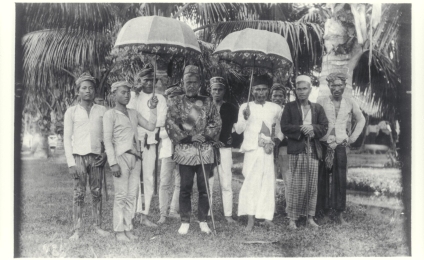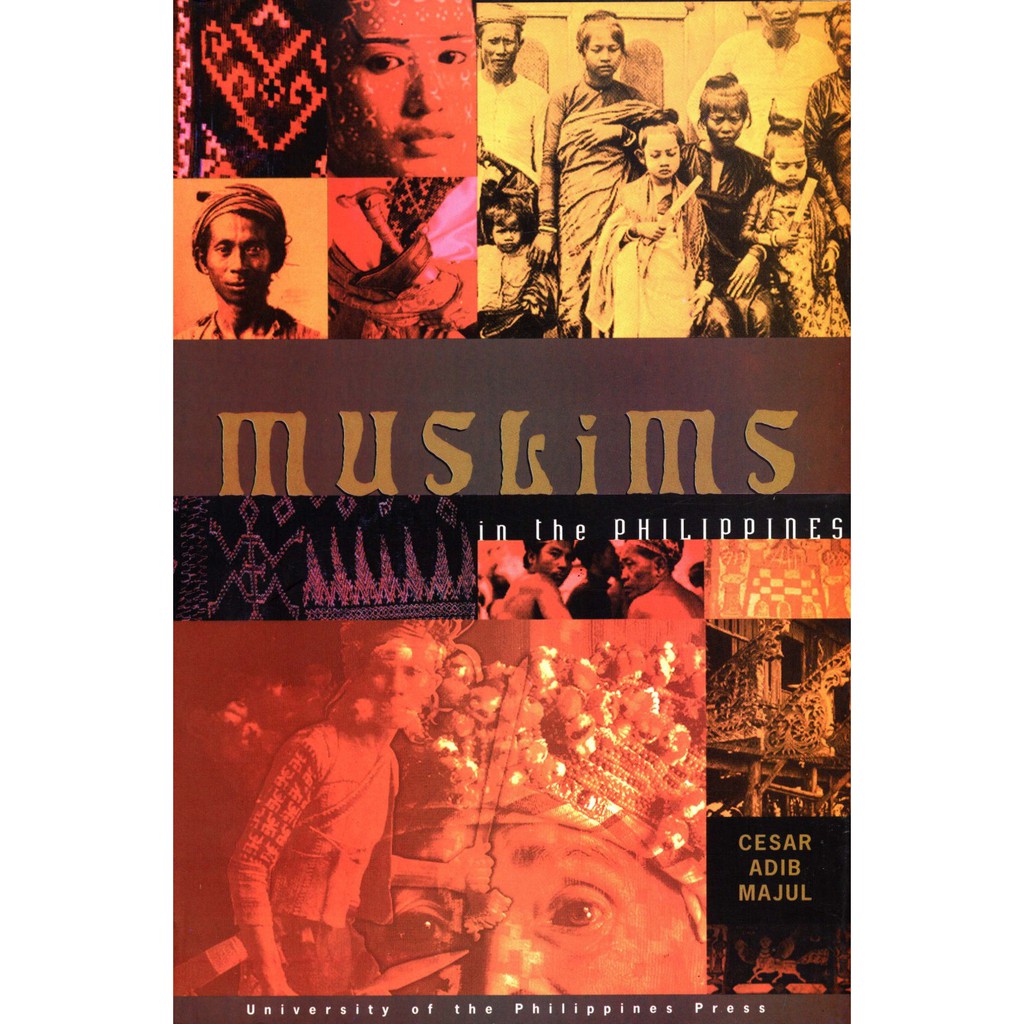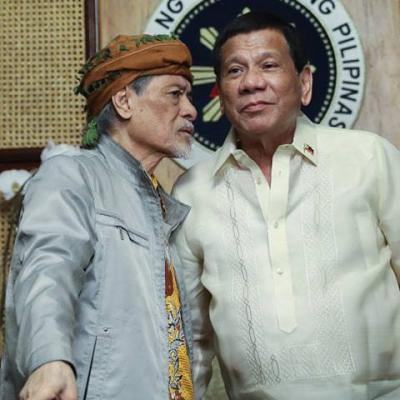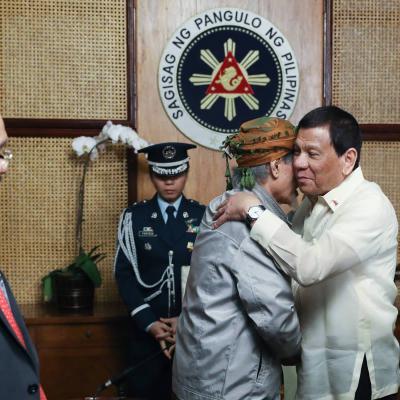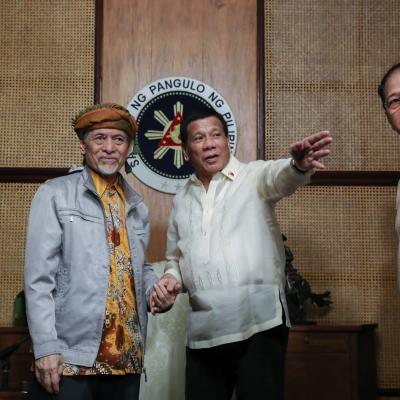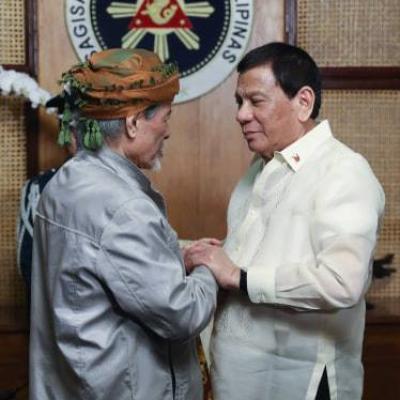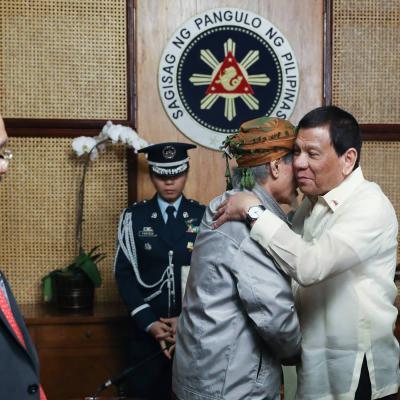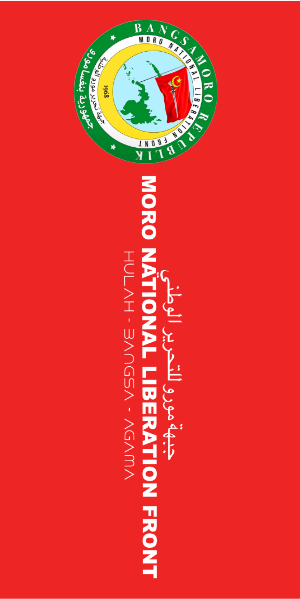In 1973, Cesar Adib Majul published "Muslims in the Philippines," a book that examines the history, culture, and role of Muslims in the Philippines, particularly focusing on the Southern Philippines where they form a significant population. The book, published by the University of the Philippines Press, provides a comprehensive look at the Muslim community in the Philippines up to the end of the 19th century. Here are the 10 most important lessons from Cesar Adib Majul's seminal work Muslims in the Philippines (1973), a foundational text on Philippine Muslim history and identity:
-
Distinct Islamic Civilization
Muslims in the southern Philippines developed a sophisticated civilization predating Spanish colonization, with established sultanates (Sulu, Maguindanao) that practiced Islamic governance, trade, and diplomacy. -
Resistance Against Colonialism
Moros fiercely resisted Spanish conquest for 300+ years, maintaining independence while Luzon/Visayas were colonized. This cemented their separate political identity from "Filipino" Christians. -
Islam as Core Identity
Majul emphasizes Islam as the unifying force of Moro society - not just religion but a complete way of life shaping laws (e.g. adat), culture, and anti-colonial resistance. -
Failed Integration Under US Rule
American "Benevolent Assimilation" policies forcibly incorporated Moro territories into the Philippine state without consent, planting seeds for future conflict. -
Systemic Marginalization Post-1946
Independent Philippines continued colonial policies: land dispossession, Christian migration to Mindanao, and cultural suppression of Moro identity. -
Origins of Contemporary Conflict
The book traces how these historical injustices led to the Moro insurgency (MNLF/MILF), framing it as a continuation of centuries-old resistance. -
Sultanates' Legacy in Modern Politics
Traditional Muslim elites (datus, sultans) retained influence even under colonial rule, later shaping 20th century autonomy movements. -
Cultural Resilience
Despite persecution, Moros preserved Islamic education, Arabic literacy, and maritime trade networks - key to their enduring separate identity. -
Internal Divisions Matter
Majul documents historical tensions between Moro groups (Tausug vs. Maguindanao vs. Maranao) that still complicate unified struggles today. -
Need for Historical Understanding
The work argues that lasting peace requires acknowledging Moro history as distinct from the dominant Christian Filipino narrative.
Key Takeaway:
Majul's masterpiece demonstrates that the "Moro Problem" stems from Manila's refusal to recognize Muslims as a separate nation with sovereignty claims - not mere rebels to be pacified. His historiography remains essential for understanding modern Bangsamoro struggles.
*(Note: Majul's work focuses on pre-1970s history; for contemporary analysis, supplement with works on the MNLF/MILF peace processes.)*



 – Awarded for his role in promoting peace and dialogue in the Southern Philippines, particularly in the Mindanao conflict1_small.png)
